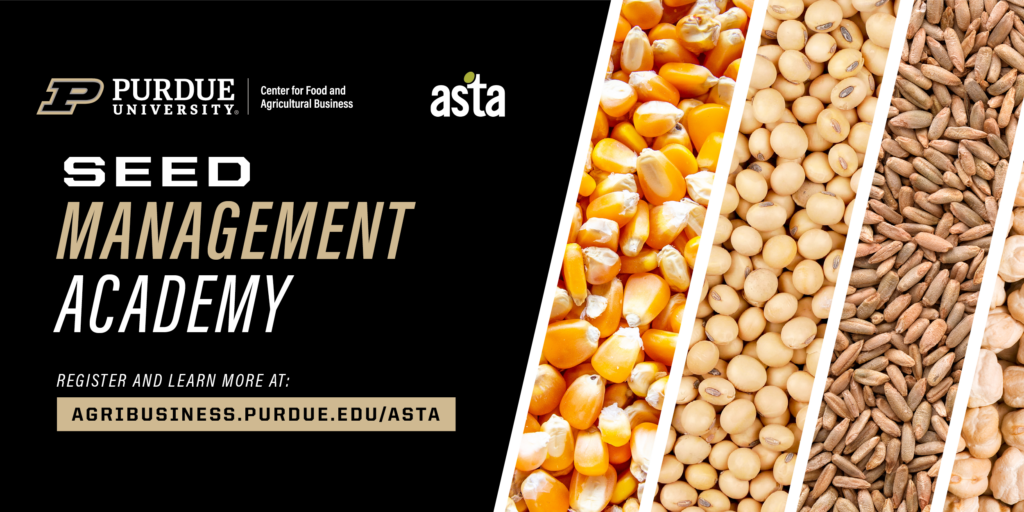Reviewer
Dr. Luciano Thomé e Castro, International Adjunct Professor
Article
What You’re Getting Wrong About Customer Journeys by Ahir Gopaldas and Anton Siebert
Magazine
Harvard Business Review
Summary
Depending on the product and targeted customer segment, Ahir Gopaldas and Anton Siebert suggest customer journeys shouldn’t always be effortless and predictable in their recently published Harvard Business Review article. 
The authors propose that some journeys should intrinsically bring a certain level of effort and unpredictability to deliver the best customer experience. Why should this be the case? The authors advocate that, in many situations, dealing with the unexpected or making an extra effort is part of the positive experience customers are looking for, and companies willing to bring effortless and predictable journeys all the time are missing this point.
To further explain, four archetypes of customer journeys are presented, taking into consideration the two above-mentioned variables: predictability and level of effort. The combination of these variables produces the following archetypes:
- Routine is an effortless and predictable customer journey.
- Joyride is an effortless and unpredictable customer journey.
- Trek is an effortful and predictable customer journey.
- Odyssey is an effortful and unpredictable customer journey.
The routine customer journey is one in which the customer is completing a recurring task. In other words, it is a habit or ritual that has a utilitarian value, and the less friction and more convenient it is for the customer, the better. With this knowledge, the question then becomes, do our products fit this type of category? If they do, the best thing the company can do is streamline the user experience and ensure consistency throughout the journey. A prime example of this is how Starbucks streamlined its app to facilitate the process of ordering with one-click ordering, easy to access information, and picking up the beverage at a coffee shop or even a Starbucks pick-up location.
The joyride customer journey is one in which the customer enjoys an effortless experience but is looking for some variation or surprise along the way. Having everything figured out from end to end would lead this type of customer to boredom. The question here becomes, does our customer prefer a joyride rather than a routine? If so, how can we include some variation or level of surprise into their journey? The authors of this article offer Tik Tok as an example of this customer journey, as the app amuses users and brings surprises to them in the form of video selection. Another example is how movie theater chains such as Alamo Draft House Cinema change their food menu according to the movie being launched on a particular weekend.
Treks are journeys that are predictable, yet effortful. Customers preferring this journey need this level of effort in order to be motivated. If your product or service requires users to put in a level of effort in order to get the most out of it, you should design a trek customer journey. Examples of these experiences are services such as gyms and language courses. Rewards and gamification are frequently used in these situations as customers in this case are often goal oriented.
Finally, the odyssey customer journey is simultaneously unpredictable and effortful. Different from treks, customers on the odyssey journey will not search for a target because their journey is endless. In other words, it is an odyssey, which is the kind of experience customers are looking for when engaging with products or services that fit into this category. These products or services are ones customers fully and passionately embrace with purpose and dedication. A good example of a service such as this is the Adobe Creative Cloud portfolio of design and photography that helps artists develop their full potential.
What does this mean for Food and Agricultural Business?
Let’s take the farmer customer for example. The industry has been insistent on bringing a seamless and predictable customer journey to the farmer in order to enhance the customer experience. The challenge posed here by the two article authors is that this same proposal may not work all the time.
Instead, the authors suggest starting the process with some simple questions: What level of predictability is present in the journey and what level of effort is the customer willing to make? If the answer to these two questions is low/low, then a routine customer journey should be developed. In agribusiness, what products would fit into this category? Two examples may be commodity inputs such as conventional fertilizer formulas or off patent crop protection products. Would they have a pure utilitarian value to the customer.
Alternatively, when thinking about digital agriculture, would this be a routine customer journey farmers are looking for, or would the trek customer journey be a better fit? A digital agriculture app would have predictable activities/outcomes but require a considerable level of effort. Farmers and their crop advisors may establish goals, benchmarks and rewards when objectives are reached, similar to what learning and sports apps offer to their subscribers. Does this case sound more appealing than simply a routine app? It is likely to be the case.
Indeed, using these customer journey archetypes and benchmarks are a good way to enhance our creativity, challenge the consensus and come up with customer journey designs that can lure customers into coming back time and time again.




